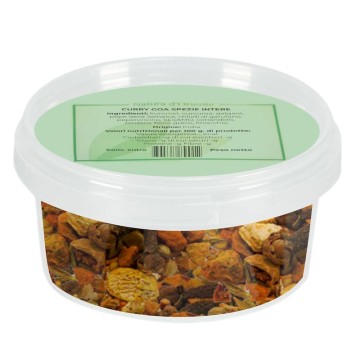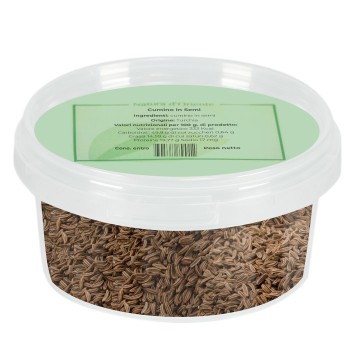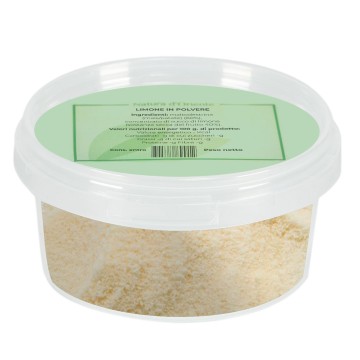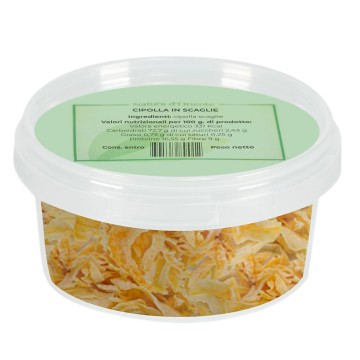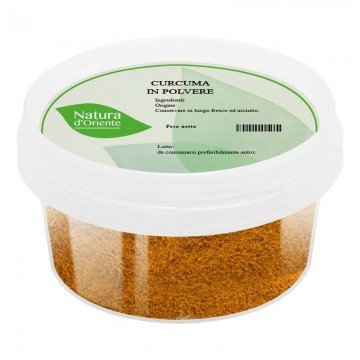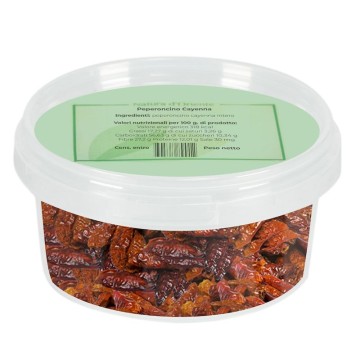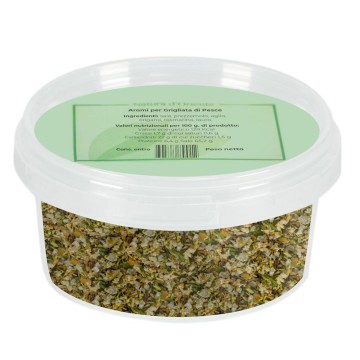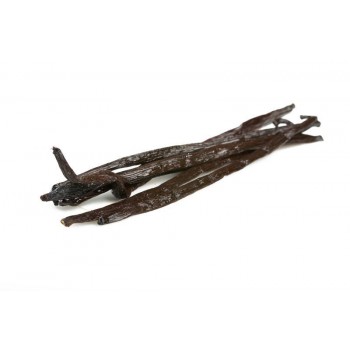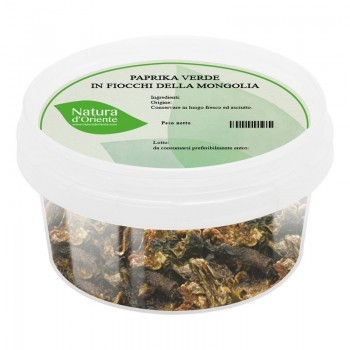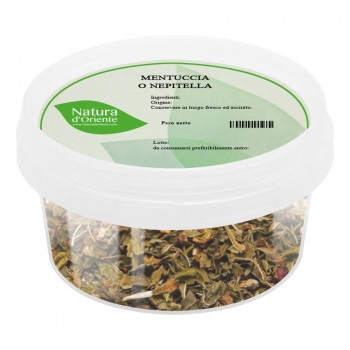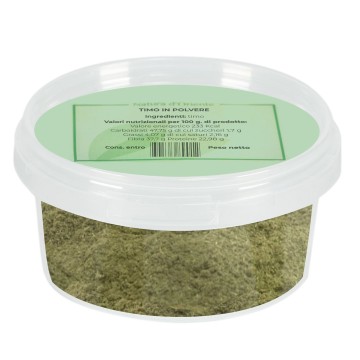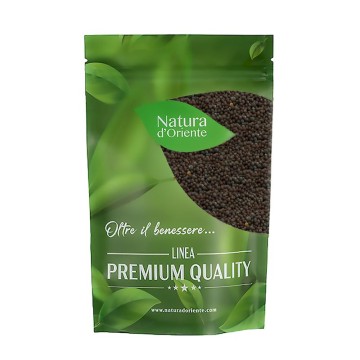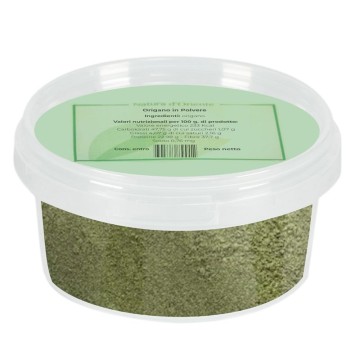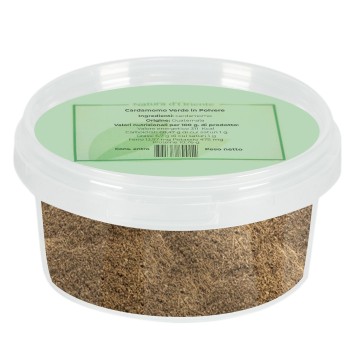These broad beans of South American origin, once associated with French haute cuisine, are now growing in popularity in the kitchen, thanks to their aromatic and nutritional qualities. They appear with an elongated and wrinkled shape, slightly resembling raisins. The soft internal part contains enormous power, releasing heady scents that evoke vanilla, cloves, notes of magnolia and sandalwood. The strong smell of the tonka bean derives from the chemical compound "coumarin", which makes this spice particular both in terms of aromas and benefits.
Tonka beans: properties and benefits
Thanks to its aromatic compound, coumarin, the Tonka bean has been used both in the production of tobacco and perfumes, and in cooking. The aromatic essence is called coumarin, from cumarù, the name of the beans in the original South American territory. It is an already known substance, present in smaller quantities, also in lavender, licorice, cinnamon and strawberries. Tonka beans normally contain about 1 to 3% coumarin, helping our well-being with antioxidant activity and beneficial for the cardiovascular system. This compound is known for its anticoagulant properties on the blood and tonic the microcirculation, promoting the resistance of the capillaries. The complex flavor of Tonka makes it an interesting ingredient in the kitchen, but it should be remembered that coumarin in high quantities can cause damage to the liver and cardiovascular system. This is why it is a controlled food additive in the food industry. However, at least 30 servings of Tonka beans are needed for coumarin levels to become dangerous. For this reason, it is important not to exceed this limit.
Using tonka beans in cooking
From a sensory point of view, this spice becomes a valid alternative in the kitchen to ingredients such as vanilla, cinnamon, almond extract or nutmeg. For this reason, Tonka Bean is used grated in sweet and savory preparations. It should be used in small doses and grated at the moment, directly into the dough as happens with nutmeg. A pinch of powder with an intense flavor is obtained, to be used like any other dried spice.
Savoury recipes: Tonka bean becomes an excellent intoxicating spice in tartare and fish dishes, in delicately flavored risottos and even in delicate soups such as pumpkin soup. Tonka is suitable mixed in gravies and sauces, to flavor mayonnaise.
Sweets: the intense and complex aroma stands out in the preparation of biscuits, cakes and creams, macaroons (mixed with icing sugar). It can become a valid substitute for vanilla, to flavor cooking creams and custards, ice creams, sorbets and desserts, caramel sauces.
Flavoring: the particular smell of Tonka beans pairs naturally with chocolate and goes beautifully with sweet fruits such as strawberries and apricots. You can add a tonka bean to the cream before whipping it, in a container and leave it in the refrigerator for at least six hours to infuse flavor. You can add a whole bean (bean) to sugar or ground coffee, as you would a vanilla pod.
Baked goods: can be mixed with white flour for tonka flavored bread, mixed with other spices to flavor bread and butter, buns, crackers.
Drinks: Tonka bean is often used ground in milk and cocktails, especially accompanying whiskey and cognac. A whole Tonka bean can be added for infusions of liqueurs or sugar syrups. In some recipes the flakes are added to the liquid and mixed over medium heat, without boiling too much, as the heat alters the flavor of the tonka.
Tonka bean madeleines
Ingredients: 60 g of 00 flour - 1 egg - 65 g of sugar – ¼ of Tonka bean - 60 g of butter - 1 teaspoon tip of yeast - 1 pinch of salt
Preparation
Combine the eggs with the sugar to make the mixture frothy. Add the softened butter, sifted flour, salt, yeast and grated tonka bean. Mix well and place in the refrigerator for at least an hour. Distribute the mixture onto the madeleine mould. Place in a preheated oven for 2-3 minutes at 200°C and, as soon as the typical hump appears, immediately lower to 180°. Cook for a few more minutes, until the madeleines become golden brown. Warning: they must remain in the oven for a very short time so as not to burn them, given thatthey toast quickly.
Origin and cultivation
These broad beans grow on the tropical flowering tree Cumaru, botanically called Dipteryx odorata. It is a species of the pea family, Fabaceae, native to South America. It grows preferably in the more humid and forested states of Brazil such as Mato Grosso, Pará and Amazonia. The seeds of the tree, known as Tonka beans (sometimes tonkin or tonquin), are the kernel of the fruit that is dried for culinary and cosmetic purposes. The brown and wrinkled seeds resemble dates, but inside they reveal a white almond which, once grated, releases a strong herbaceous odor of hay-vanilla-honey. A special ingredient, adored above all by chefs all over the world for its unique taste and aroma. The strong scent of Tonka has been coveted by perfumers, and is the protagonist of many products. In South America these beans are considered a lucky charm even in Guyana, according to an ancient custom, it is customary to make a vow by holding a Tonka bean in one hand and a dead snake in the other. Now widespread also in the Caribbean, the Tonka bean plant is very common in Venezuela, Guyana, Brazil and other South American countries, and is also called kumaru or Brazilian teak. It is now also cultivated in African states such as Kenya and Nigeria.

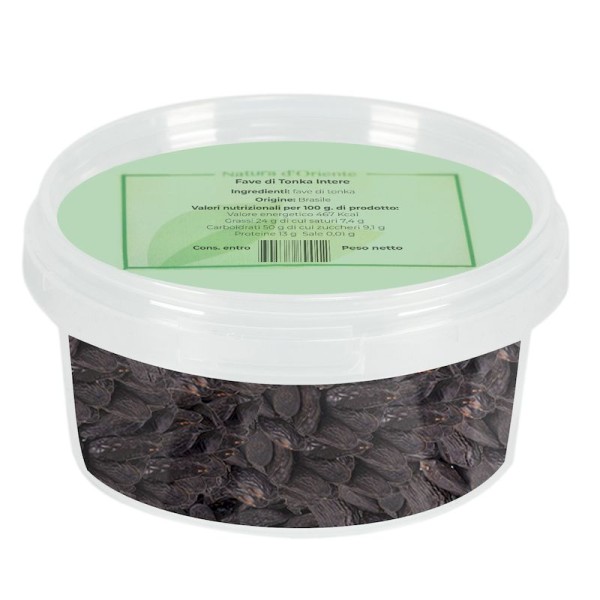









 No reward points for this product.
No reward points for this product.
